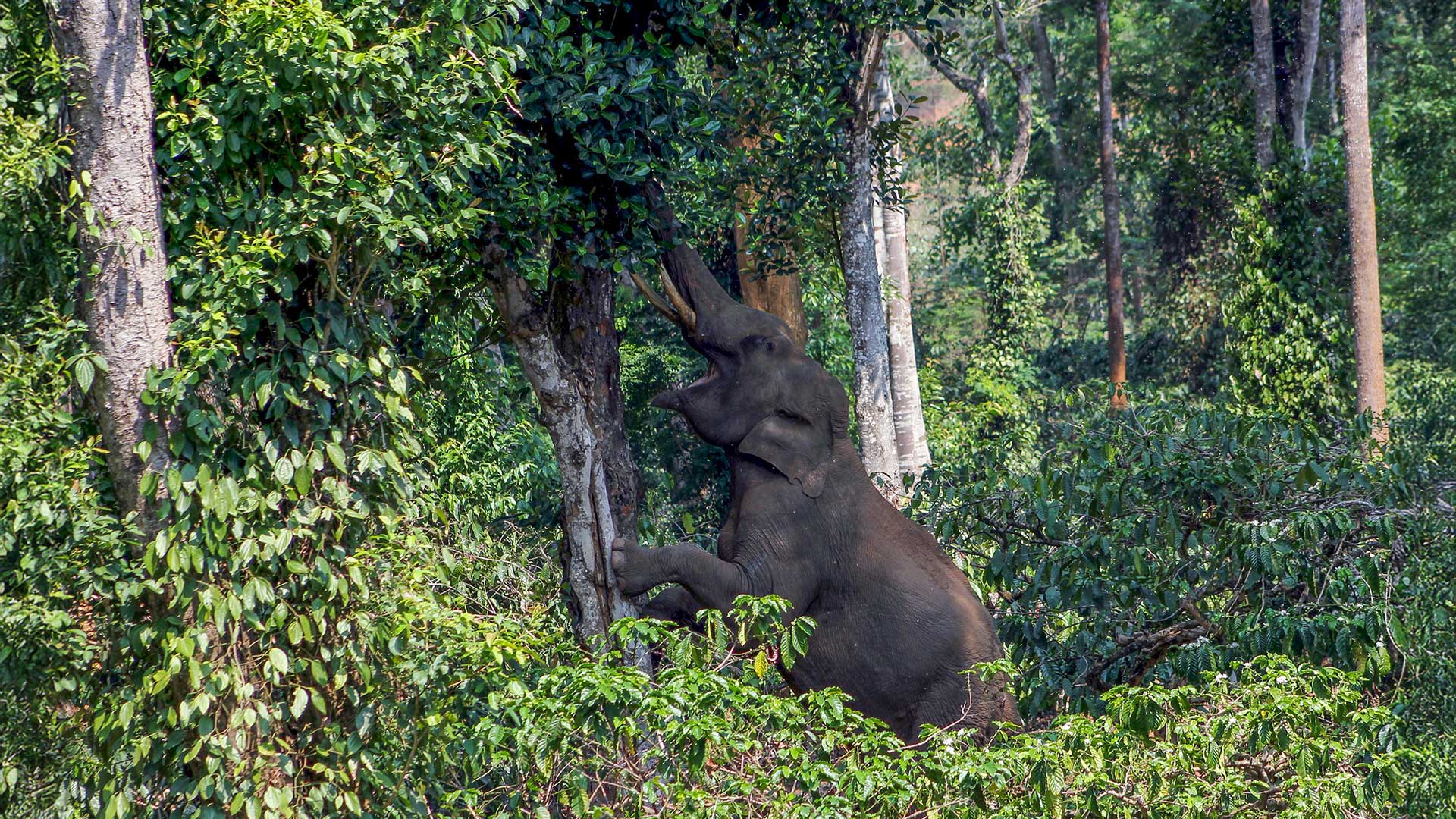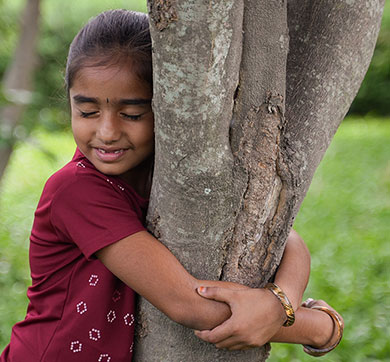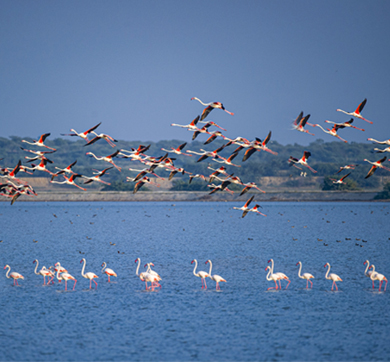January 2025 | 985 words | 4-minute read
As workspaces go, Tata Coffee is particularly blessed. Its coffee plantations, spread over 31,000 acres, are located in one of the most scenic and biodiversity-rich regions in India, the Western Ghats.
The region has another claim to fame. It also serves as one of the largest elephant biospheres in India. The gentle giant plays an important role in bolstering the ecosystem.
With a population of 6,000 elephants in Karnataka, many of whom constantly intrude into the company’s plantation area, and approximately 15,000 Tata Coffee workers working in the estate, there is plenty of room for potential conflict.
A beautiful habitat
The very fact that elephants repeatedly stray across the boundary into Tata Coffee’s plantations is an endorsement of the company’s preservation of the biodiversity. While the presence of elephants increases the possibility of potential unrest and conflict in Tata Coffee’s estate, it also bears witness to the fact that the estates offer the pachyderms the ideal living conditions they need to thrive.
Elephants first began making inroads into the plantations back in the 1980s. Initially they strayed across the boundary into Tata Coffee’s estate, but generally returned to the forest the next morning. However, in the 1990s and the 2000s, as climate change made its presence felt, and large-scale deforestation took place in the forest, a number of herds of elephants found themselves displaced from core forest areas.
The search for watering holes, food and shelter drew many of them into Tata Coffee’s estate area, where the biodiversity has been remarkably preserved. Having found ideal living conditions in Tata Coffee’s estates, many elephants have chosen to nest here permanently; as a result of the change in domicile, several members of the newer generation have been born within the estate and see it as their home.
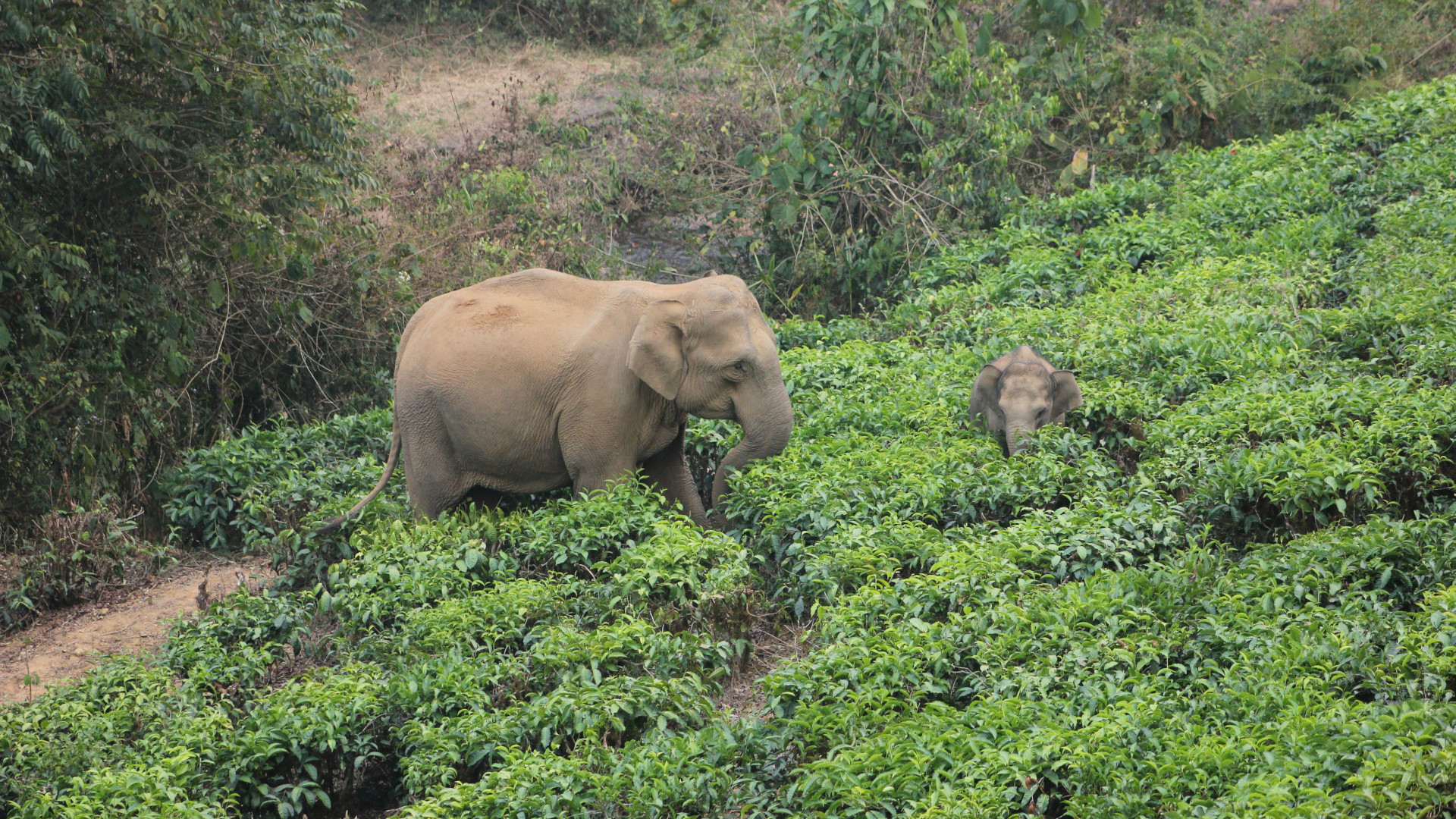
Big steps
The presence of wild elephants in Tata Coffee’s estate created a huge challenge for the company. In the early years, there were several fatalities, affecting the morale of the workers and leading to a lowering of productivity. Additionally, workers were frightened of the prospect of wild elephants running amok. From a business standpoint, there was a legitimate fear that rogue elephants might trample upon the cultivated crop.
The sustainability team was confronted with the responsibility of ensuring the well-being of the elephants, while maintaining the morale of the workforce. Above all, production cycles had to be maintained in such a way as to ensure the profitability of the business, despite the intrusion of the elephants during working hours.
One of the first things that Tata Coffee did was to put a strict “No Hunting” policy in place, to deter any acts of poaching by criminals. The company also instituted a Wildlife Cell, under the leadership of the Head of Safety at Tata Coffee, to design a plan to protect the plantations and to ensure the well-being of animals in the estate area.
The wildlife team at Tata Coffee worked with the state forest departments of Karnataka and Tamil Nadu and the Planters Association on ways to mitigate the human-animal conflict. They also sought inputs from academic institutions like the Indian Institute of Science and non-governmental organizations. These inputs were plowed into knowledge sharing and capacity building sessions for the front-line team.
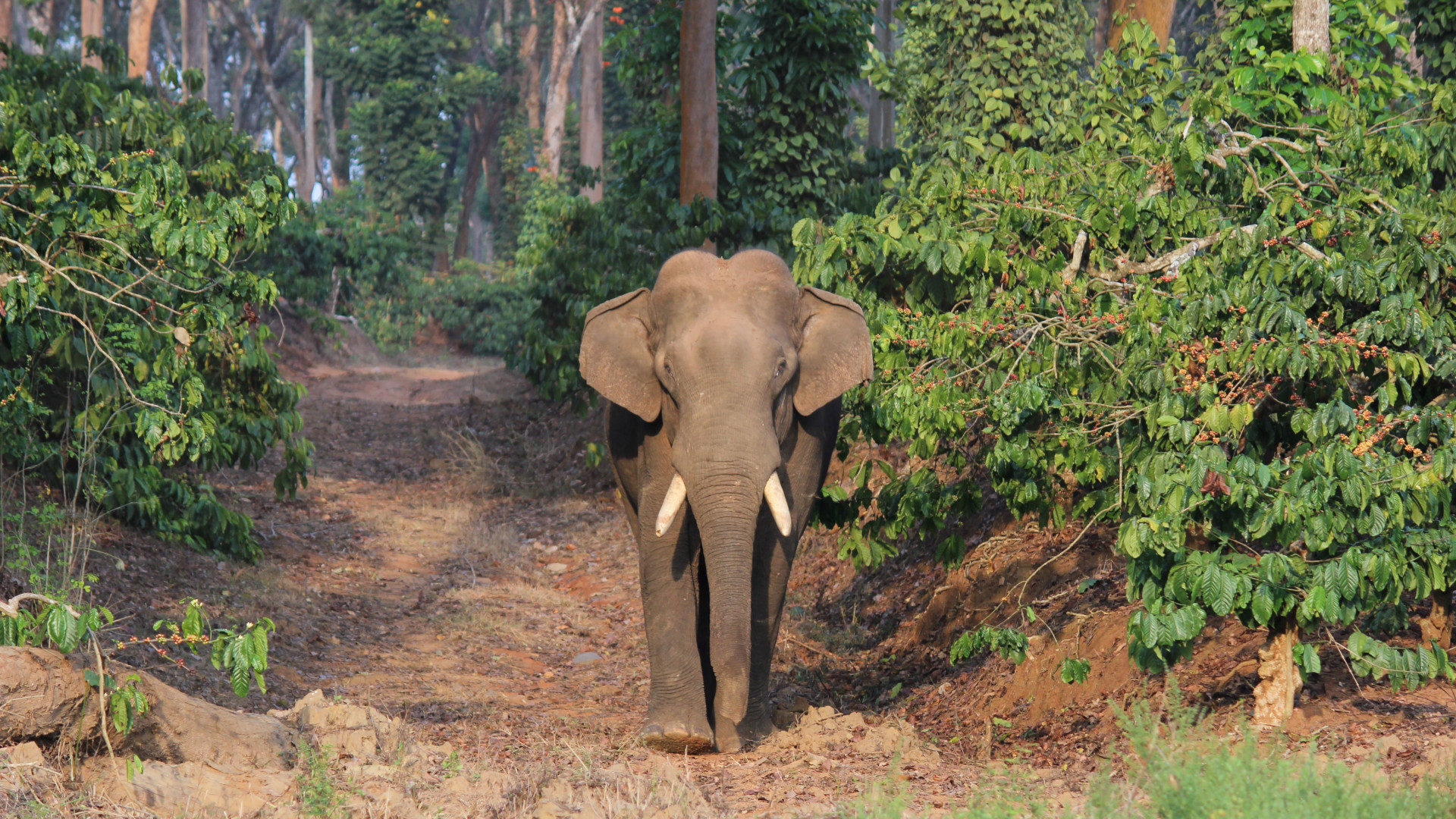
The team identified the areas within the estate that witnessed the severest conflict. These areas saw the creation of GIS Polygons to demarcate locations where elephants were to be found. The wildlife team then mapped out the safest way in which workers could navigate through these plantations. Seventy designated full-time wildlife and elephant trackers, especially trained to track, monitor and report elephant movements, were deployed across the estate.
Blind spots within the area were cleared to prevent the possibility of elephants being taken by surprise and to reduce the risk of a potential attack. Jackfruit trees, which are favoured by elephants, were removed from the plantations.
The team sought to relocate the elephants through a series of interventions. These included the construction of trenches and rail track barricades and the setting up of solar powered fences.
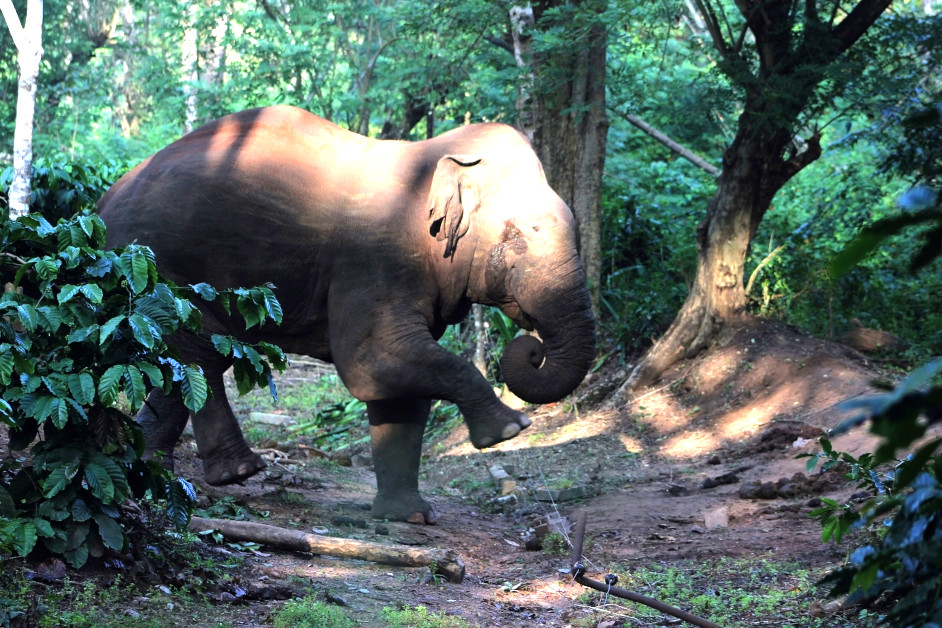
Radio collaring of the matriarch of every herd was initiated, with the support of the Forest department, to track the movement of the herds and to feed information into an early warning system. This measure was undertaken for the first time in Asia.
The perimeters of the estate were continuously monitored. The construction of observatory towers enabled trackers to have a better view. The team, in association with the forest department, undertook a survey of an area of 474 km. The task was enhanced by the usage of technology like drones, sensors etc.
Process automation was initiated to reduce the need to deploy humans in remote areas. FM broadcast systems were set up and mock drills were carried out to ensure that workers knew exactly what to do in the event of an emergency. An early warning system, consisting of bulk SMS, was put in place for people living in and around the plantations. Employees and the community were sensitized about the situation.

Elephant whisperer
Over the years, the efforts of the company have been recognized by various sustainability and social accountability certifications. The CII IQ National Safety Practice Competition 2017 for ‘Excellence in WorkPlace Safety’ was conferred upon Tata Coffee for their success in managing the human-elephant conflict.
On ground, the success is very evident. Elephant intrusions have been reduced from 991 in 2014-15 to 321 in 2023-24. Over the last decade, 50+ elephants have been captured from conflict areas and relocated to other reserve forest and elephant rescue camps. Currently, 120+ elephants continue to live in the estate. Efforts to relocate them to the forest are ongoing.
—Cynthia Rodrigues




